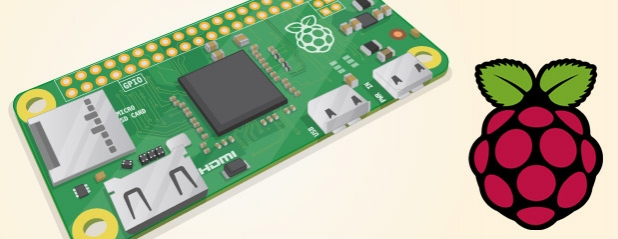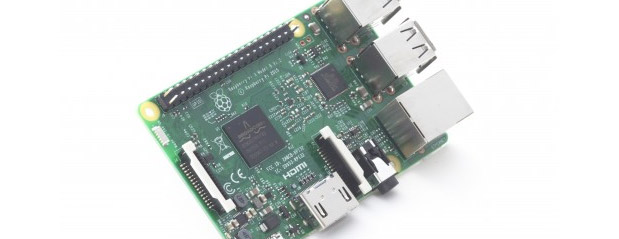Raspberry Pi Zero Launches for About The Price of a Coffee

If you're already aware of the pocket sized coding revolution that is Rasperry Pi then you'll be pleased to know that it's now more affordable than ever with the Raspberry Pi Zero, a smaller but more affordable addition to their lineup of single-board computers.
The company behind the micro computer, the Raspberry Pi Foundation will be including the Zero on their magazine, The Magpi shortly after it's launch. The magazine includes informative and helpful articles to help new and experienced coders how to use, program and develop on the system.
The charitable UK organisation introduced Raspberry Pi in 2009 with the aim of promoting basic computer science in schools by developing a single-board computer. The Raspberry Pi is indeed a fully functional computer and can be connected to any HDMI monitor, mouse and keyboard to allow young people a route into computing and learn the basics of programming from Python to C.
With the attractive price and satisfactory performance of the Raspberry Pi, it has become a popular platform for less advantaged schools and under developed countries as well as an affordable entry into programmable computers. Raspberry Pi founder, Eben Upton started the foundation after noticing a decline in students applying for Computer Science degrees.
"Even in the developed world, a programmable computer is a luxury item for a lot of people, and every extra dollar that we ask someone to spend decreases the chance that they’ll choose to get involved." He said.
You can learn more about the Raspberry Pi Zero and the way it works in the video below.
Introducing PIZERO from Raspberry Pi Foundation on Vimeo.
- Broadcom BCM2835 application processor
- 1GHz ARM11 core (40 percent faster than Raspberry Pi 1)
- 512MB of LPDDR2 SDRAM
- Micro-SD card slot
- Mini HDMI socket for 1080p60 video output Micro-USB sockets for data and power
- An unpopulated 40-pin GPIO header Identical pinout to Model A+/B+/2B An unpopulated composite video header
- "Smallest ever" form factor (65mm x 30mm x 5mm)

